Currently Empty: ₨0.00

Top 10 Royal Palaces of Pakistan
Pakistan, with its rich tapestry of historical and natural wonders, boasts an array of stunning royal palaces. These architectural marvels, characterized by Islamic influences, intricate stonework, and opulent designs, stand as a testament to the grandeur of the Mughal era. Join us as we embark on a journey to discover ten of Pakistan’s most enchanting royal palaces that beckon history enthusiasts and nature lovers alike.
Table of Contents
1. Faiz Mahal:
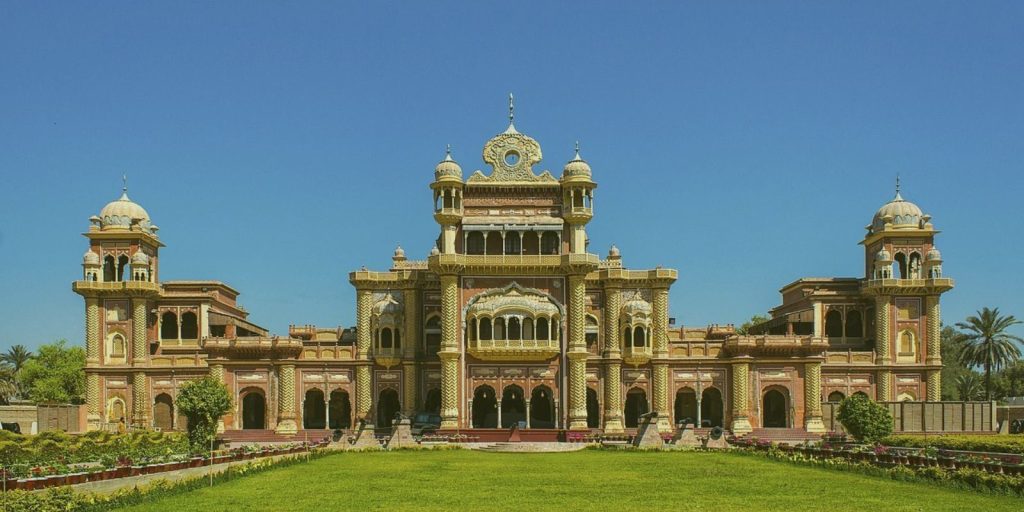
Faiz Mahal, nestled in the heart of Khairpur district, stands as a testament to the illustrious past of Sindh. Constructed in 1798 by Mir Sohrab Khan Talpur, this palace was originally the seat of the Talpur monarchs. Its walls resonate with tales of royal splendor, with 18th-century cannons still adorning its ramparts.
A Regal Address
Situated along DCO House Road, Faiz Mahal enjoys a central location, seamlessly connected to the National Highway 5. A mere 30-minute drive leads to the historic Kot Diji Fort, further enriching the historical panorama.
Restoring the Majesty
Time had cast a subtle veil over this architectural gem, prompting a grand restoration in 2011. Today, Faiz Mahal stands proudly, offering visitors a glimpse into its resplendent past.
Features that Dazzle
From the court hall, adorned with portraits of Talpur rulers, to the picturesque garden once home to royal elephants, every facet of Faiz Mahal exudes opulence.
Embracing History Today
Operated by the Sindh Tourism Development Corporation, Faiz Mahal remains a living relic, welcoming visitors to revel in its regal ambiance.
2. Noor Mahal:
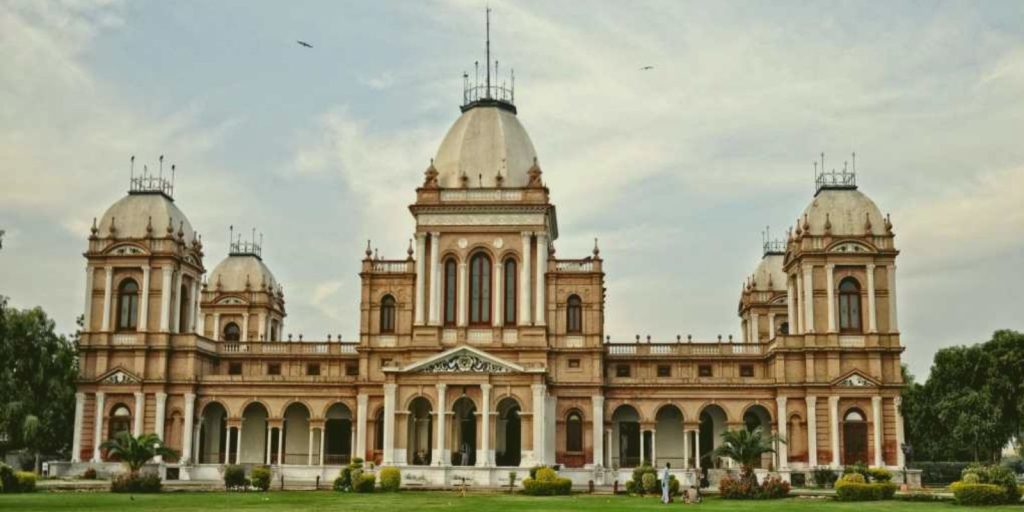
Noor Mahal, a princely palace in Bahawalpur, encapsulates the romance of bygone eras. Built between 1872-75, it stands as a testament to the Nawab of Bahawalpur’s passion for architectural splendor.
Journey to Bahawalpur
Accessing Bahawalpur is a breeze, whether by plane, taxi, bus, or car. The city’s airport, railway station, and well-connected roadways ensure convenient travel.
Love and Legacy
Constructed for Nawab Sir Sadiq Muhammad’s wife Noor, the palace witnessed an intriguing history, culminating in its acquisition by the Pakistan Army in 1971.
Architectural Elegance
Designed by British engineer Henan, the palace marries Italian chateau-style with Islamic arches and European influences. Its thirty-two rooms, adorned with mosaic floors and ornate ceilings, speak of royal grandeur.
A Glimpse into Nobility
Noor Mahal, open from 9:00 AM to 10:00 PM daily, offers visitors a chance to step into a world of regal opulence. The palace also caters to events, showcasing its timeless charm.
3. Mohatta Palace:
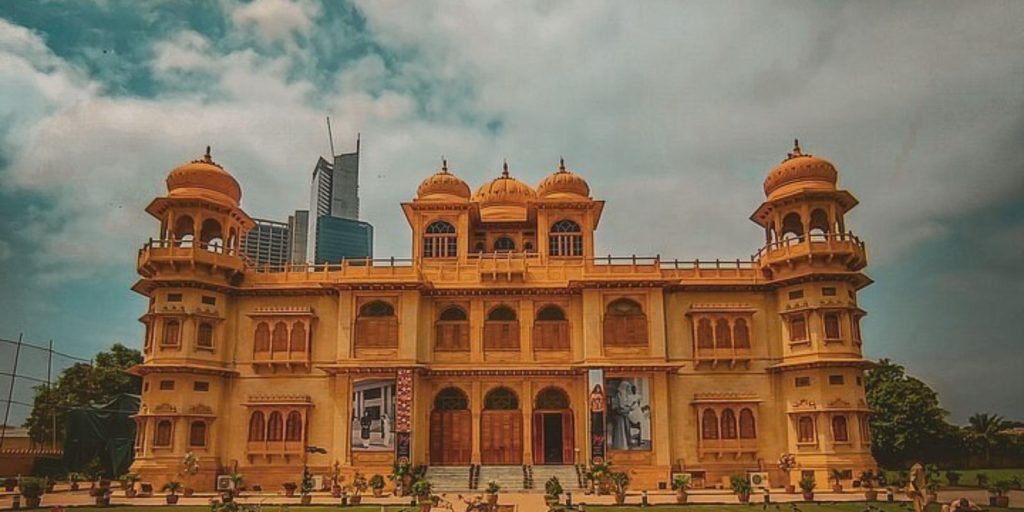
Mohatta Palace, nestled in Karachi, weaves together the rich tapestry of South Asia’s history and diverse cultures, making it a must-visit attraction.
Where History Meets Elegance
Located near Clifton, this architectural gem, constructed by Shivratan Chandraratan Mohatta, once hosted the Foreign Affairs Ministry.
A Testament to Love
The palace’s history, rooted in a husband’s love for his ailing wife, sets it apart, echoing the sentiment behind the Taj Mahal.
Architectural Splendor
Designed by Agha Ahmed Hussain, Mohatta Palace showcases a blend of Islamic, European, and Rajasthani influences. Its meticulously crafted interiors and gardens offer a feast for the eyes.
Gateway to Timelessness
Visitors can explore Mohatta Palace from 11:00 AM to 6:00 PM, Tuesday through Sunday. With an entrance fee of Rs. 30 for adults, it promises a journey through history.
4. Lahore Fort:
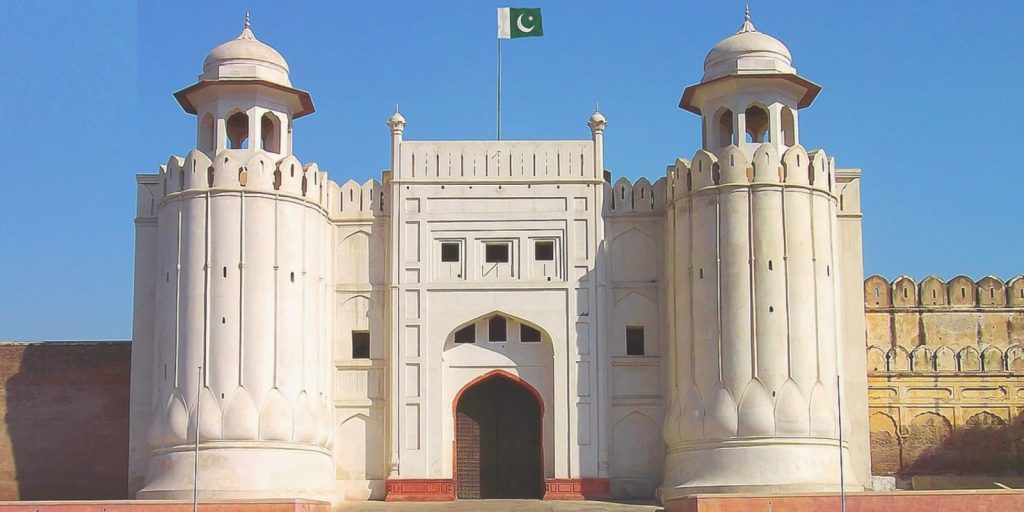
The Lahore Fort, also known as Shahi Qila, holds a rich history dating back to the 11th century. However, it was during the reign of Akbar the Great that this fortress transformed into the awe-inspiring structure we see today.
Akbar’s Enduring Legacy
Akbar’s influence on the Lahore Fort is unmistakable, with his distinctive red brick constructions dominating the architectural landscape. The fort became a symbol of his vision and grandeur.
Architectural Gems
Within the Lahore Fort, visitors are treated to a visual feast. Notable attractions include the Naulakha Pavilion and the Hall of Public Audience (‘Diwan-i-Aam’). The ingenious layout, separating residential and administrative areas, showcases meticulous planning.
Restoration Triumph
Despite facing adversity after the Mughal Empire’s decline, the Lahore Fort has undergone careful restoration. Today, visitors can revel in its original splendor, appreciating the efforts to preserve this UNESCO World Heritage site.
5. Khaplu Palace:
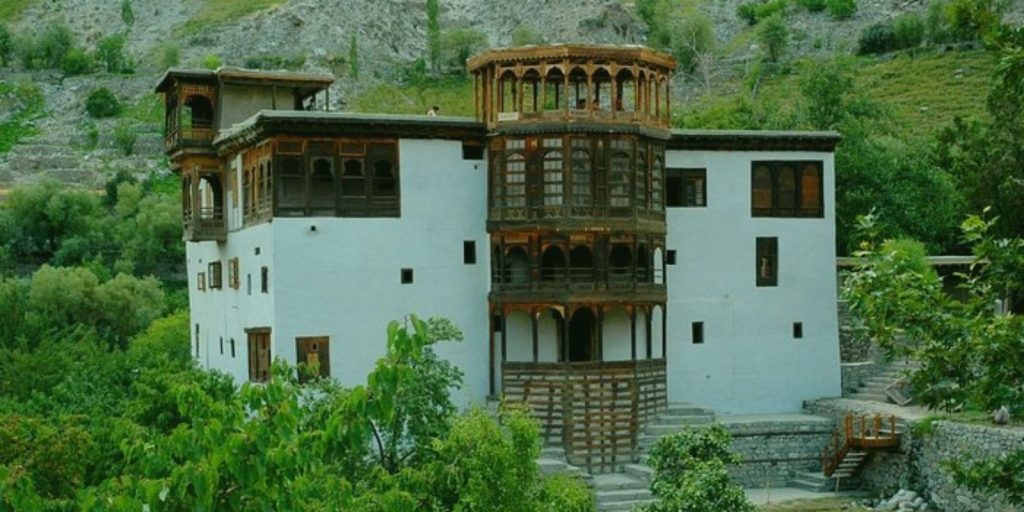
Perched above Khaplu town, Khaplu Palace, or Yabgo Khar, stands as a living testament to the royal lifestyle in Baltistan. Built in 1840 by Raja Daulat Ali Khan, its history is intertwined with shifting power dynamics.
Architectural Grandeur
Crafted by skilled Kashmiri and Baltit architects, the palace exudes a blend of Tibetan and Ladakhi influence. Poplar wood, clay, and mud bricks were employed, with intricate designs reflecting the rich heritage of the region.
The Restoration Saga
After years of abandonment, the Aga Khan Trust for Culture embarked on a restoration project in 2005, preserving Khaplu’s historical significance. The newly renovated Khaplu Palace, with its blend of stone and woodwork, immerses visitors in a bygone era.
6. Gulzar Mahal:
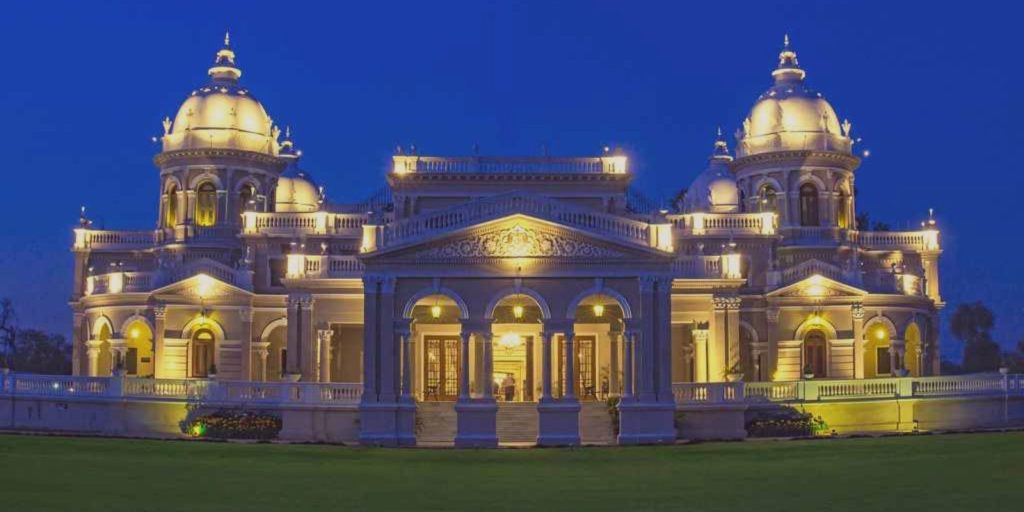
Built between 1906 and 1909, Gulzar Mahal in Bahawalpur City stands as a tribute to royal femininity. Commissioned during Nawab Sadeq Mohammad Khan V’s reign, it was designed as a residence for the women of the royal household.
Architectural Elegance
Surrounded by lush gardens, Gulzar Mahal, along with its counterparts in the Bahawalgarh palace complex, showcases European architectural influences. Despite its grandeur, it remains off-limits to the public, nestled within fortified walls.
Fusion of Styles
Drawing inspiration from Noor Mahal, Gulzar Mahal presents a fusion of Italic and Indo-Saracenic elements. The four domes atop circular towers lend it a unique identity, while Corinthian columns adorn its interior and exterior.
While Noor Mahal stands as a beacon of history, Darbar Mahal and Gulzar Mahal await their turn to enchant visitors. Opening these architectural treasures to the public could invigorate tourism in Bahawalpur, providing a closer look at Pakistan’s regal past.
7. Sialkot Fort:
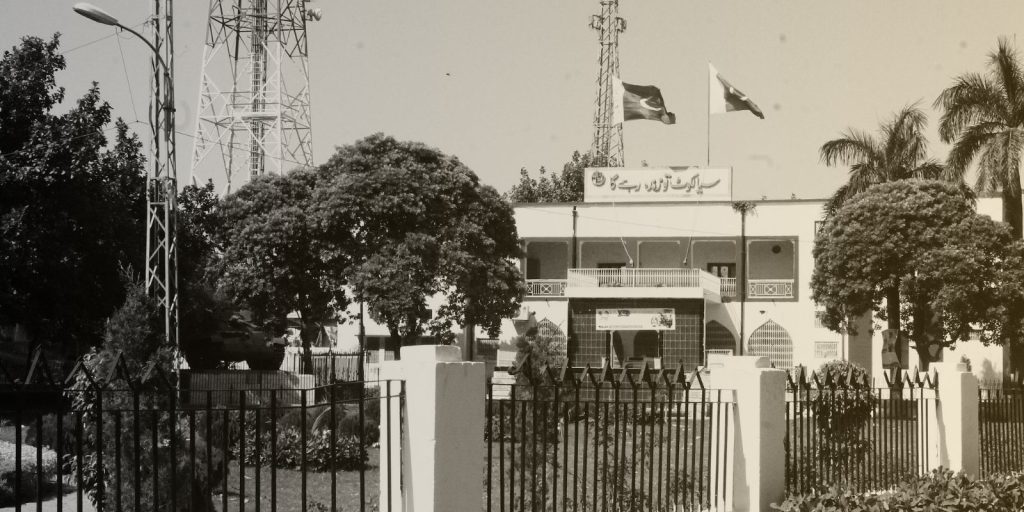
Sialkot Fort, a venerable structure dating back to the 2nd century AD, was commissioned by the Raja of Sialkot. Though time has worn its physical form, the fort’s remnants atop a hill still offer a glimpse into the city’s ancient past.
Treasures Within Sialkot
Iqbal Manzil: A Poetic Haven
Location: Older Sialkot
Visitor Count (2019): 65,000
Located in the heart of Sialkot, Iqbal Manzil, once the residence of Dr. Allama Iqbal, now stands as a museum. Here, visitors can witness his personal belongings and a library housing over 4,000 books, many dedicated to his works.
Holy Trinity Cathedral Church:
Built: 1852
Location: Sialkot
Built-in 1852, the Holy Trinity Cathedral Church, locally known as Sialkot Cathedral, is a remarkable example of architectural endurance. It still draws devout followers seeking solace.
Marala Headworks:
Location: 20 km from Sialkot
At a distance of around 20 kilometers from the city of Sialkot, Marala Headworks is the starting point of the Marala-Ravi Link Canal and the Upper Chenab Canal. Besides being a major hydroelectricity project, the area is popular as a fishing and picnic spot, making it one of the major tourist attractions in Sialkot with plenty of natural beauty and wildlife to explore in the area.
8. Omar Hayat Mahal:
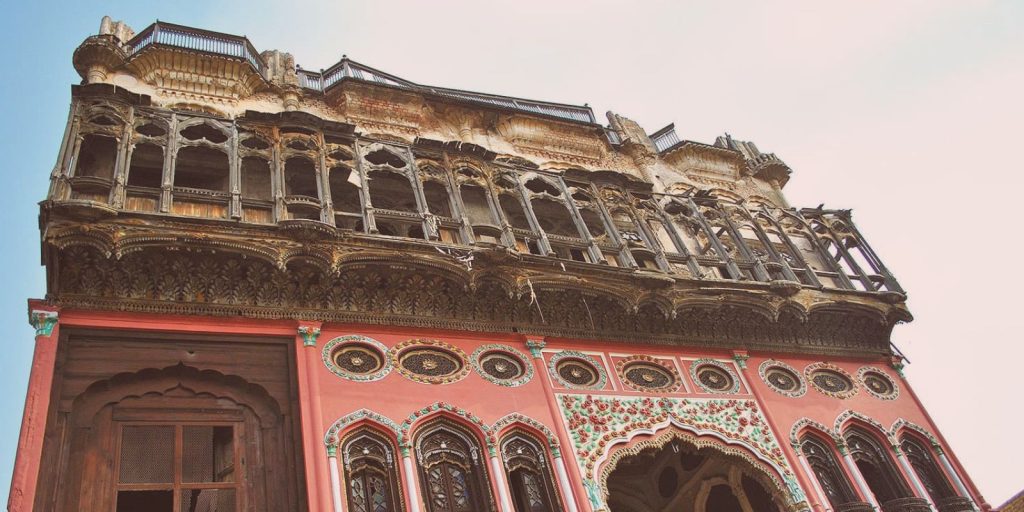
Chiniot, a city steeped in centuries-old traditions of craftsmanship, is home to the Omar Hayat Mahal. This architectural gem, constructed between 1923 and 1935, stands as a testament to the craftsmanship of Chiniot’s artisans.
Sheikh Omar Hayat, a successful businessman who made his fortune in Calcutta, commissioned the construction of this architectural gem. His deep-rooted connection to Chiniot led him to invest his wealth in creating a masterpiece that would not only serve as a residence but also as a testament to the skills of the local artisans.
Craftsmanship
Intricate Woodwork:
As one steps into the Mahal, they are greeted by a symphony of intricately carved woodwork that adorns every inch of the structure. From the graceful façades to the ornate ceilings, every detail showcases the mastery of Chinioti artisans. The delicate patterns, floral motifs, and geometric designs breathe life into the wood, turning the Mahal into a living testament to the region’s craftsmanship.
A Palace That Tells a Tale
Architecture:
The architecture of the Omar Hayat Mahal seamlessly blends local influences with Mughal aesthetics. The grandeur of the structure is evident in its spacious courtyards, elaborate balconies, and meticulously designed interiors. Each room whispers the tale of a bygone era, where opulence met elegance.
Tragedy and Legacy
Fate:
Tragedy befell the Mahal as Sheikh Omar Hayat’s son, who celebrated his marriage within its walls, met an untimely demise. Rumors and superstitions swirled, leading the family to vacate the palace-like home. Sheikh Gulzar, the son, and his mother were laid to rest in parallel graves within the first-floor courtyard.
Restoration and Preservation
Government Intervention:
Over the years, the Mahal fell into disrepair, suffering from neglect and decay. However, the government stepped in to salvage this architectural treasure. A comprehensive restoration effort was initiated, supported by funds raised by the community. Today, the Omar Hayat Mahal stands as a library and cultural center, a living testament to Chiniot’s rich heritage.
Beyond the Mahal:
Chiniot’s legacy of craftsmanship extends far beyond the walls of the Omar Hayat Mahal. The city is renowned for its hand-carved wooden furniture, ornamental windows, and intricate designs that adorn homes and spaces around the world. The artisans of Chiniot continue to pass down their skills from generation to generation, ensuring that the legacy lives on.
9. Sheesh Mahal:
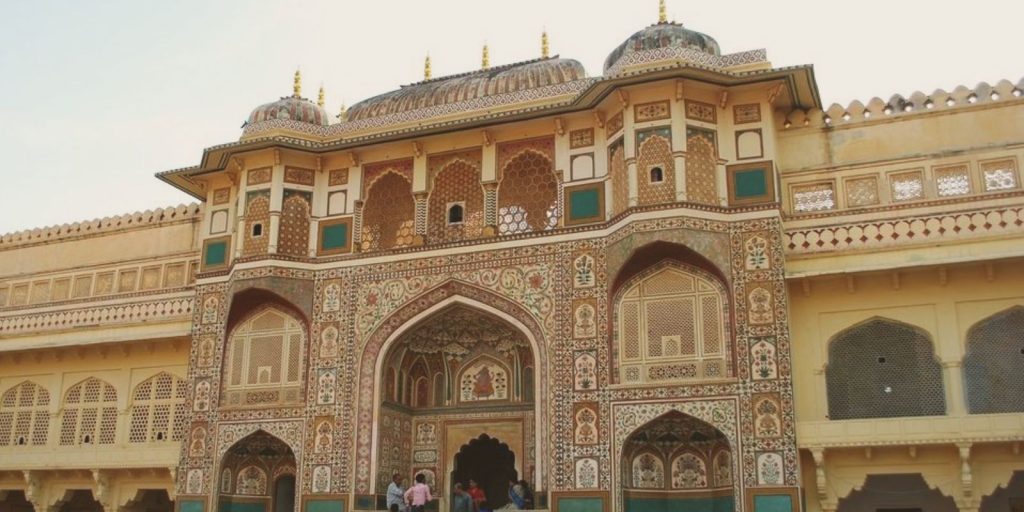
In the heart of Lahore Fort, amidst the echoes of a bygone era, lies the resplendent Sheesh Mahal. Translating to the “Palace of Mirrors,” this architectural marvel is a testament to the opulence and grandeur of the Mughal dynasty. With its intricate carvings and delicate detailing, Sheesh Mahal is not just a palace; it is a masterpiece that continues to captivate visitors with its timeless beauty.
The Love Story That Shaped a Palace
Legend has it that Mumtaz Mahal, the beloved wife of Emperor Shah Jahan, yearned to float amidst the stars. In a bid to bring her dream to life, Shah Jahan commissioned the construction of Sheesh Mahal in Lahore. Tragically, Mumtaz Mahal passed away before she could step into this celestial abode. To honor her memory, Shah Jahan went on to immortalize their love story through the construction of the world-renowned Taj Mahal in India.
A Treasure Trove of Architectural Brilliance
Sheesh Mahal is a symphony of architectural brilliance. The façade opens into a courtyard adorned with five cusped marble arches, each a masterpiece in itself. Precious stones are delicately inlaid in spandrels and bases, while the pavilion’s domes boast exquisite pietra dura work. The central hall, once adorned with frescoes, now shines with multicolored glass mosaics. The entire palace is adorned with intricate mirrorwork, creating an enchanting play of light.
Harem:
A Glimpse into Royal Privacy
One of the most captivating features of Sheesh Mahal is the harem, a sanctuary of luxury and seclusion for the emperor’s wives and concubines. Here, delicate mirrors adorn the walls, casting a shimmering dance of light. The harem stands as a testament to the delicate balance between opulence and privacy that characterized Mughal life.
From Mirrors to Fountains:
Jet Fountains and Picture Wall
The engineering marvels of Sheesh Mahal are not limited to its mirrors. Four jet fountains, now ornamental, once danced with water, creating a cooling effect within the palace. The front of the palace boasts a picture wall, a mosaic masterpiece depicting the everyday lives of Mughal princes. Additionally, a jharokha provides a perfect vantage point to witness royal pastimes.
Sheesh Mahal by Night:
Stars in Mirrors
As night descends upon Lahore, Sheesh Mahal transforms into a fairytale realm. The walls and ceilings, adorned with thousands of mirrors, reflect the soft glow of candles. The palace comes alive with celestial radiance as if the stars themselves have descended to dance within its walls.
Sheesh Mahal:
Preserving the Jewel
Designated as a UNESCO World Heritage Site in 1981, Sheesh Mahal stands as a living testament to the Mughal dynasty’s architectural prowess. Its preservation is a testament to the efforts to conserve and celebrate the rich heritage of Lahore Fort.
10. Derawar Fort:
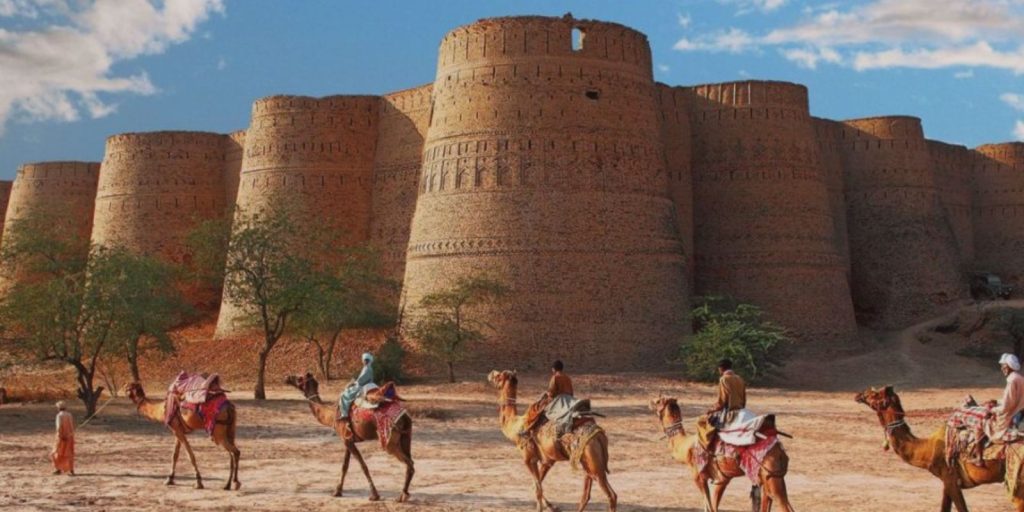
Rising proudly amidst the vast expanse of the Cholistan Desert in Punjab, Pakistan, Derawar Fort stands as a testament to centuries of history and cultural exchange. Its imposing walls, stretching over 1500 meters, evoke awe in all who behold it. Though its origins are shrouded in mystery, it is believed to have been constructed in the 9th century by the Hindu king Rai Jajja Bhatti. Over the ages, it has served as a bastion of defense, a regal palace, and even a place of confinement. Today, it stands as one of Pakistan’s grandest forts, drawing visitors from around the globe.
A Chronicle of Heritage
Echoes of Ancient Kings
Derawar Fort’s history is intertwined with the chronicles of ancient rulers. Originally named Dera Rawal, after the Hindu King Rai Jajja Bhatti, it was later pronounced as Derawar. In 711 CE, the Arab commander Muhammad ibn Qasim claimed the fort. Subsequently, it came under the dominion of various empires, including the Emirate of Multan and the Delhi Sultanate. The Mughals, known for their architectural splendor, ruled over the fort from the 16th to the 18th century. It was later revitalized by Nawab Sadeq Muhammad Khan Abbasi V in 1732.
Architectural Tapestry
Harmony of Cultures
Derawar Fort is a testament to the fusion of cultures brought about by the Mughals. This architectural marvel seamlessly blends elements of Timurid, Persian, and Hindu styles. From square brick structures with circular bastions to semi-circular towers and hexagonal compartments, the fort exhibits a diverse range of shapes. The prominent feature of the fort is its forty towering circular bastions, each adorned with intricate brickwork patterns. Within its walls lie remnants of a bygone era, featuring tile and fresco work.
Legends and Legacies
Courts and Confinements
Within the fort’s walls lies a tapestry of stories. Legend has it that Nawab Sahib held open courts every Thursday, rendering judgments, including those of capital consequence. In the annals of history, the fort has also served as a prison during the British colonial era, witnessing both confinement and the gallows.
Derawar’s Demise
A Call for Preservation
While Derawar Fort’s exterior stands resolute against the tests of time and weather, the interior bears the scars of countless footsteps and years. Weathered walls and deteriorating woodwork are stark reminders of the need for preservation. The underground areas, once accessible, are now blocked, and much of the architectural beauty has succumbed to the ravages of time.
The Road to Restoration
A Ray of Hope
Recognizing the importance of this historical treasure, the provincial government has allocated funds for Derawar Fort’s restoration. With a renewed focus on preservation, there is hope that future generations will be able to witness this marvel in its full glory.
Derawar Fort:
Visions of a Desert Citadel
Derawar Fort, with its ancient ramparts and rich history, beckons travelers to explore the stories etched within its walls. From ancient cannons to secret tunnels, each corner reveals a piece of the past. As the sun sets over the Cholistan Desert, casting a warm glow upon the fort’s weathered stones, one can’t help but feel a profound connection to the centuries that have come before.





